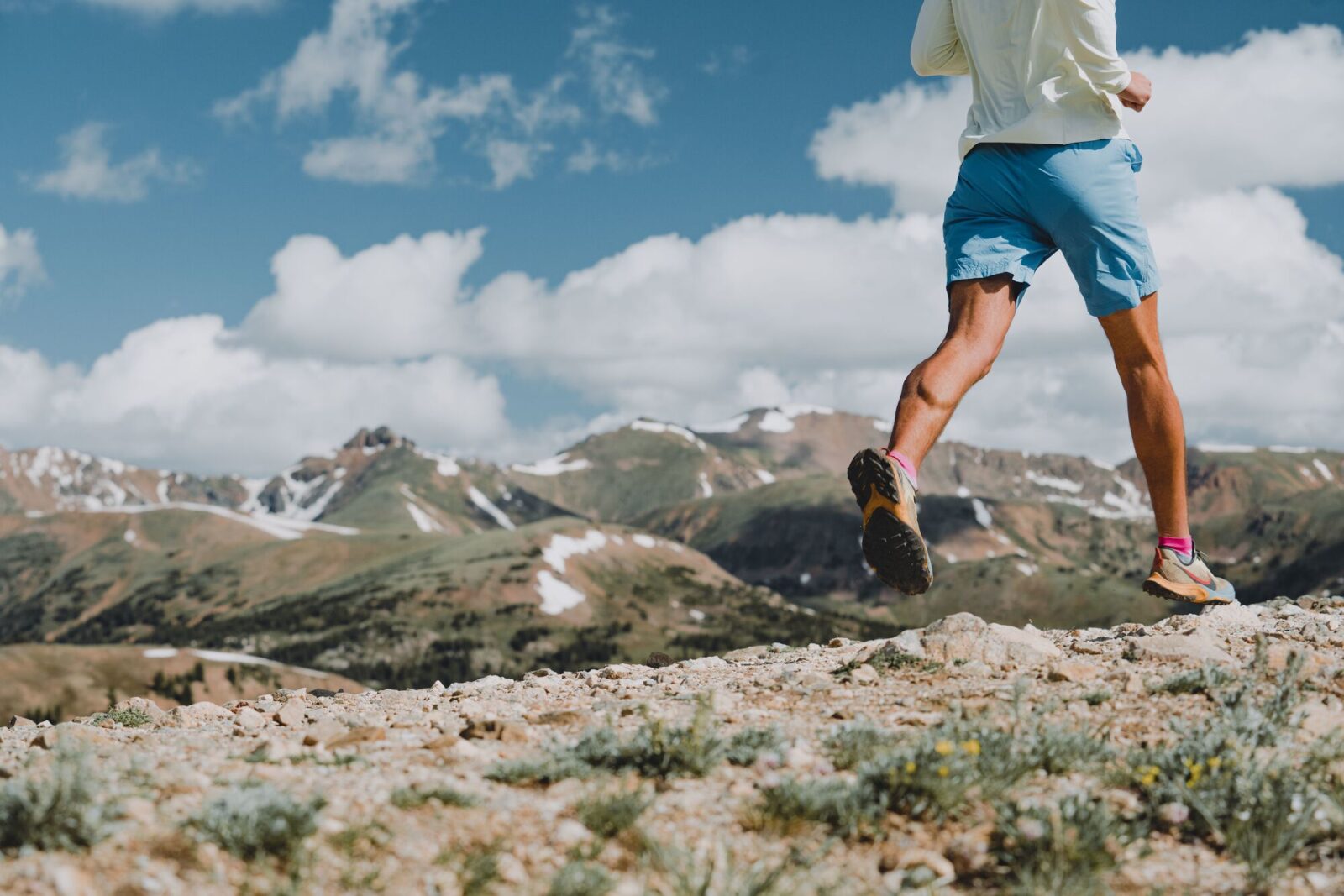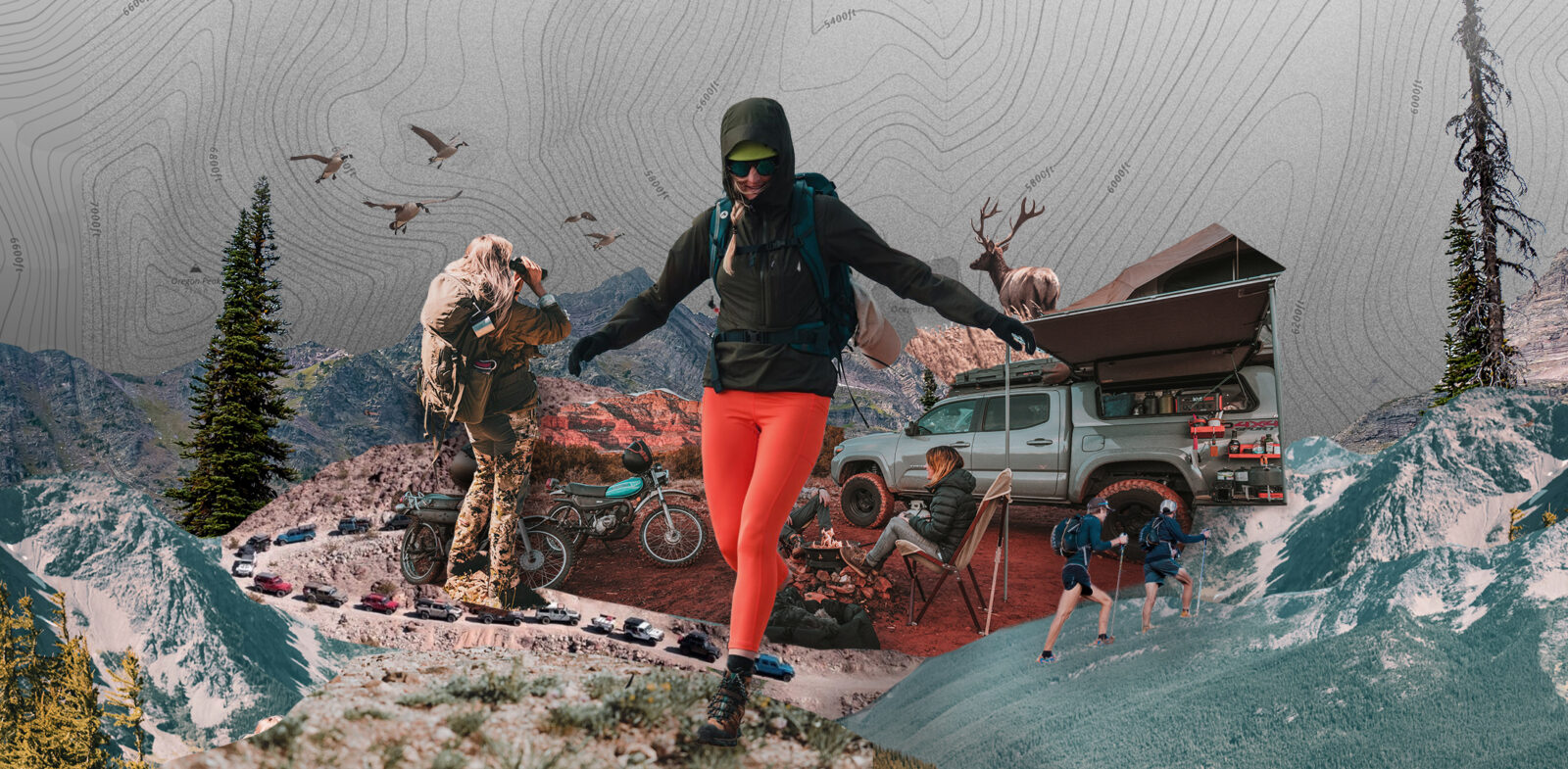

Your Outdoor Experience is Changing, and What Can Be Done About It
Overview
Participation in outdoor recreation is at an all-time high. In 2020, a wave of new outdoor enthusiasts joined experienced recreationists on local trails and at campgrounds, all seeking lockdown relief. And while some pandemic trends (like baking sourdough bread and binging Tiger King) have come and gone, participation in outdoor recreation has continued to grow across many demographics. That’s a good thing.
At onX, we believe that everyone should have access to nature. Whether we’re setting up camp, setting a hook, or setting our sights on a distant peak, those activities positively impact our health and make us happier humans.
However, as more folks discover the benefits of spending time outside, we were curious how increased participation has impacted our public lands and the experiences they provide. With the help of Southwick Associates, a recreation-focused research firm, we surveyed 2,200 outdoor enthusiasts in late 2022 to discover what trends have emerged following the influx in outdoor recreation. What we found was that while we rely on public lands to stretch our horizons and fuel our activities, deteriorating experiences on these landscapes are on the rise. Furthermore, public lands are considered worth protecting, but only a few folks are actually engaging in activities that help preserve these places and the recreational opportunities they provide. And those who are engaging might surprise you.
The outdoors needs more stewards.
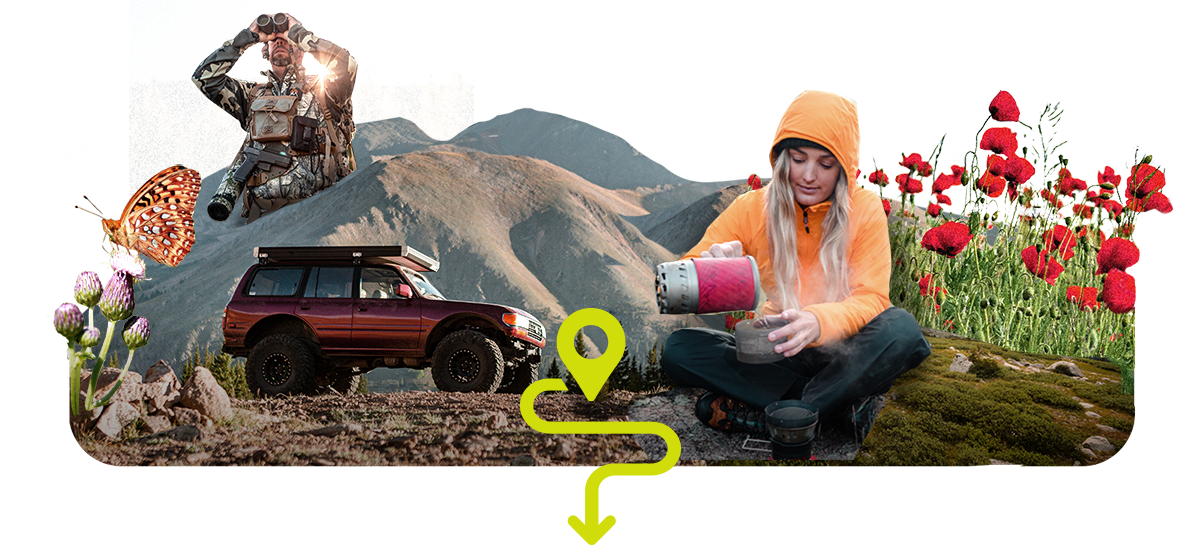
The State of the Outdoor Experience
In the contiguous United States, there are 537,490,886 acres of public land. Add in Alaska and Hawaii, and that number jumps to nearly one billion (901,356,202 acres)*.
Nearly all (92%) outdoor recreationists rely on these public land acres for their outdoor experiences. However, over the past few years, both pre-pandemic and pandemic-inspired recreationists have noticed that their experience on these shared landscapes is changing.
What’s Changing The Outdoor Experience?
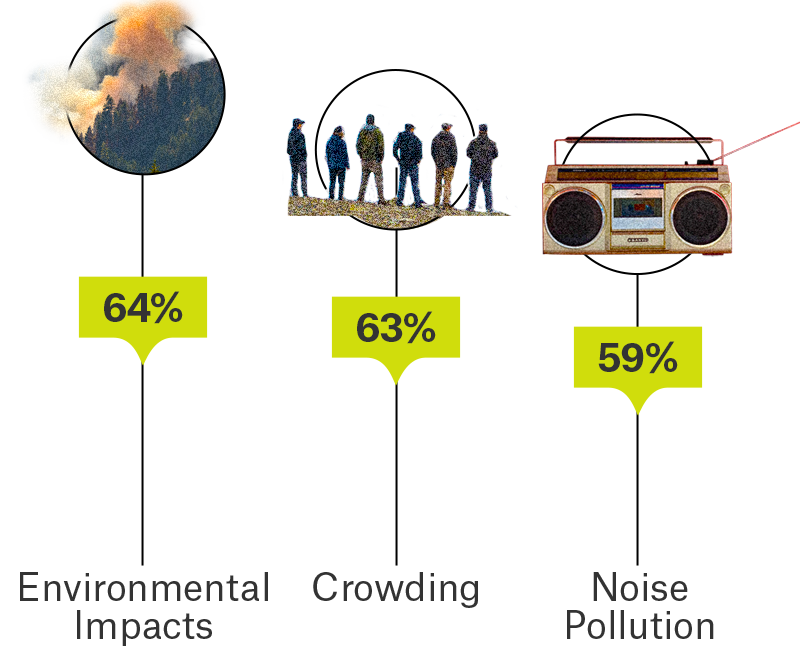
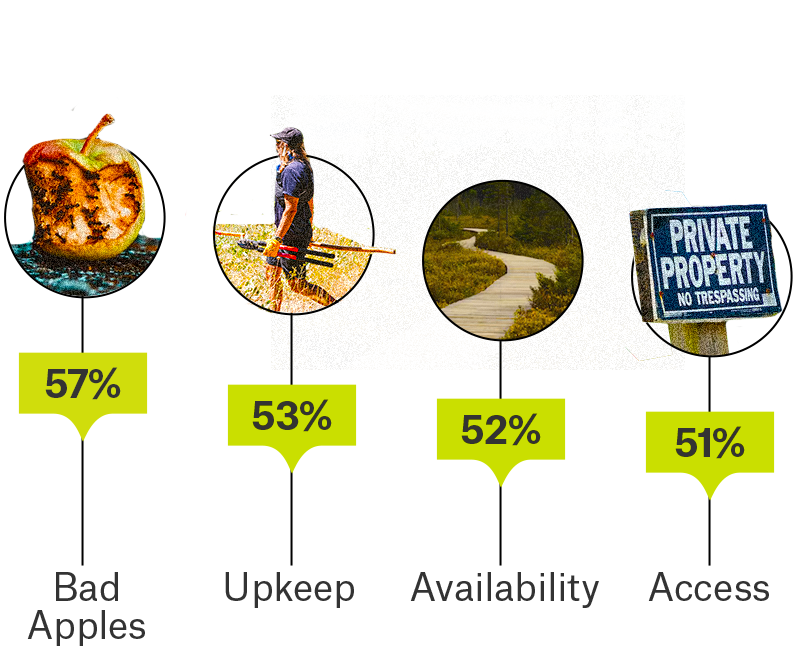
Our public lands are facing increased challenges–many of which are caused by the very same folks who are enjoying these shared landscapes. As a result, our collective outdoor experience is at risk.
Nearly two-thirds of outdoor recreationists note that overcrowding has negatively impacted their time in nature over the past five years. For the majority, seeing more people at a favorite trail, ridge, or waterway equates to a loss of solitude. Beyond that, an influx in recreation has additional downstream impacts–from litter and dog waste to social trails and environmental effects. Furthermore, if we don’t take care of these outdoor spaces–we could lose access to them.
The good news is that outdoor enthusiasts unequivocally believe that our public lands are worth protecting. Ninety-six percent believe that it’s important to preserve and maintain public lands, access to recreation, wildlife health, and clean air and water. In the last decade, 87% of outdoor enthusiasts report having participated in at least one stewardship activity—that’s a big deal! The inclination to preserve our outdoor experiences exists, but if we look closer—there’s a grave disparity.


Defining Stewardship
First, let’s define what stewardship is. We can learn a lot about stewardship from indigenous tribes who embraced this ethos and connection to the land from the beginning of American history. Stewardship can pervade every aspect of how we engage in nature. For recreationists, these acts can come in many forms—from picking up trash to a habitat restoration project. For our purposes, we’ve narrowed it down to three main activities that improve the outdoor experience for everyone:

Volunteering
Volunteering to help clean up, build, maintain, or restore public lands, trails, wildlife habitats, and other recreation areas.
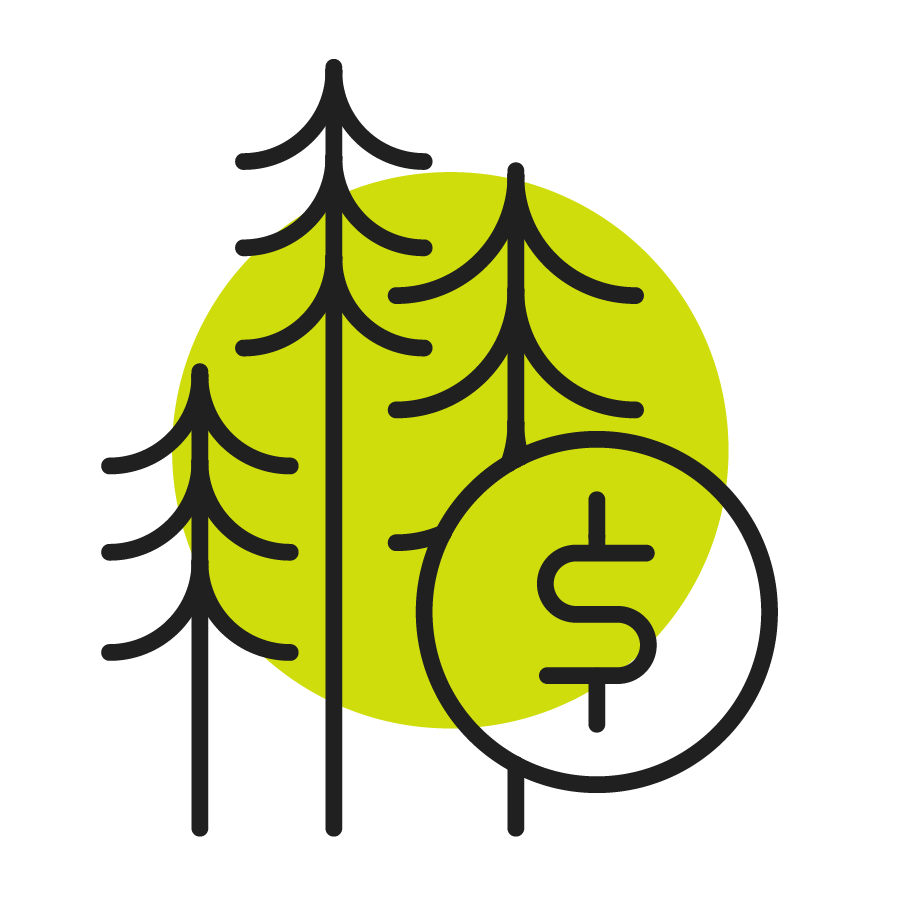
Donating
Donating money (or supporting groups that donate money) to organizations that help clean up, build, maintain, or restore public lands, trails, wildlife habitats, and other recreation areas.

Advocating
Learning how to collectively reduce our impact on our public lands, and sharing that practice with others.

The Stewardship Gap
Here’s where it gets interesting. Seventy-seven percent of outdoor enthusiasts head outside 12 or more times each year. Yet, only 19% of outdoor enthusiasts commit to one of the above stewardship activities annually. While most of us see the importance of stewardship, only a handful of folks, less than one in five, are doing the lion’s share of the work.
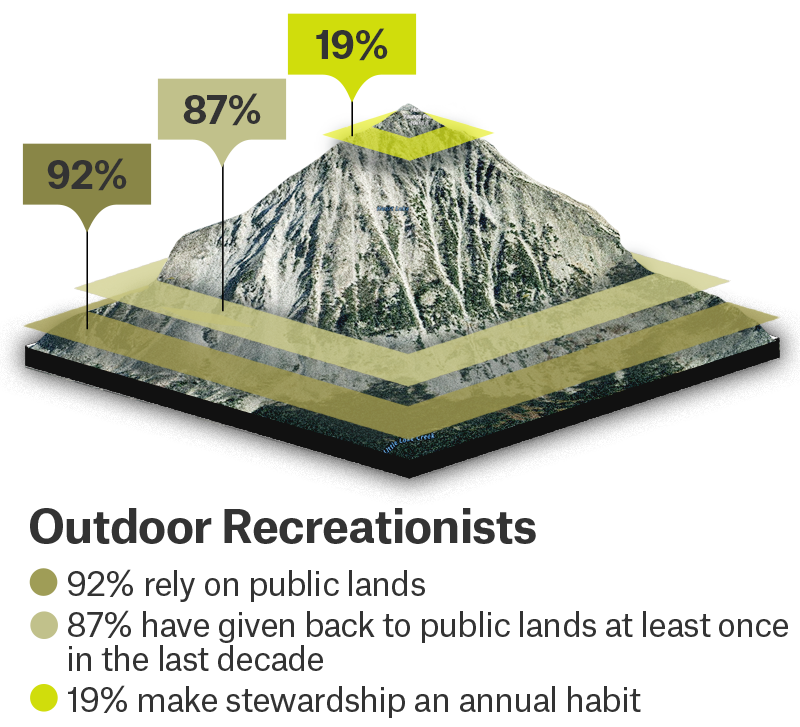
When we looked a little closer at the folks who add stewardship to their annual recreation calendars, we discovered a few trends about them:
- Younger generations are 1.4 times more likely to participate in stewardship activities annually than their older counterparts, with Gen Zers being the most stewardship-inclined.
- Enjoying nature in childhood directly correlates to participating in stewardship activities as an adult. Those who grew up spending time outside are two times more likely to engage.
- The more outdoor activities someone participates in increases their likelihood to give back. For example, those who enjoy three activities are two times more likely to be annual stewards than those who only do one activity.
- Those that identify as an expert in at least one outdoor activity are 2.7 times more likely to volunteer, donate to organizations, or share responsible recreation practices on an annual basis compared to those who describe themselves as beginners or intermediates across all their activities.
All of these data points indicate that exposure to nature early on in life, across different activities, and with a deeper commitment, lead to a propensity to honor the land by engaging in stewardship.

Who are most likely to participate in stewardship activities on an annual basis?
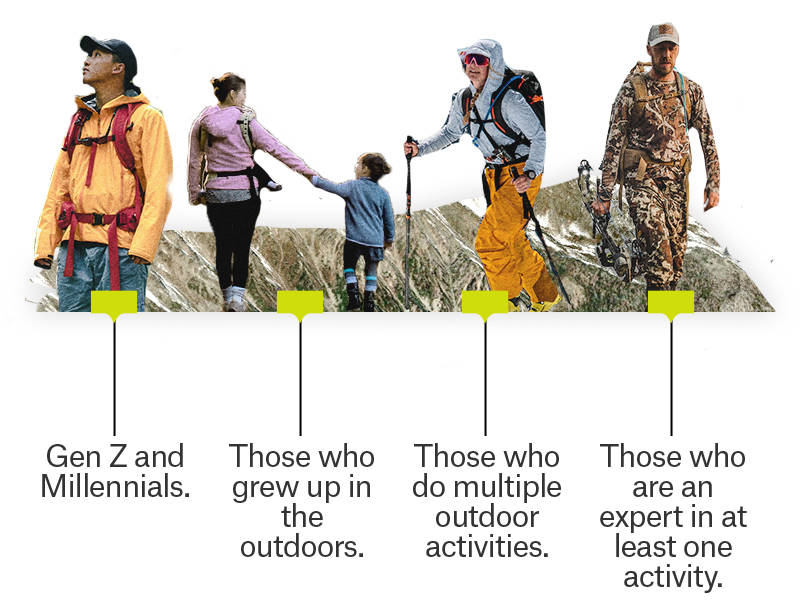
Closing the Gap through Mentorship
Everyone is on a different outdoor journey. Not all of us had the opportunity to be introduced to the outdoors as a kid, or have the time and financial freedom to take up multiple activities, or hone in our craft—elements that correlate with a propensity to give back to our public lands. Yet, there’s a way that experienced stewards could shorten the gap for those just embarking on their outdoor journey and instruct them on stewardship from the beginning.
This is outdoor mentorship.
Outdoor mentorship can simply be helping beginners develop their craft, inspiring them to explore new landscapes, hone their skills, and experience the natural world from various perspectives. Outdoor mentorship can also mean informing others about stewardship opportunities on the lands where they recreate. The goal is to encourage more outdoor adventurers to embrace stewardship as a personal responsibility, and weave it into their outdoor pursuits.
By mentoring other outdoor enthusiasts, we can inspire a cultural shift from being a “user” and “visitor” of the outdoors to becoming a “protector” and “steward.” This is where real change happens. Mentors can metaphorically break new trails and help improve the outdoor experience for everyone.
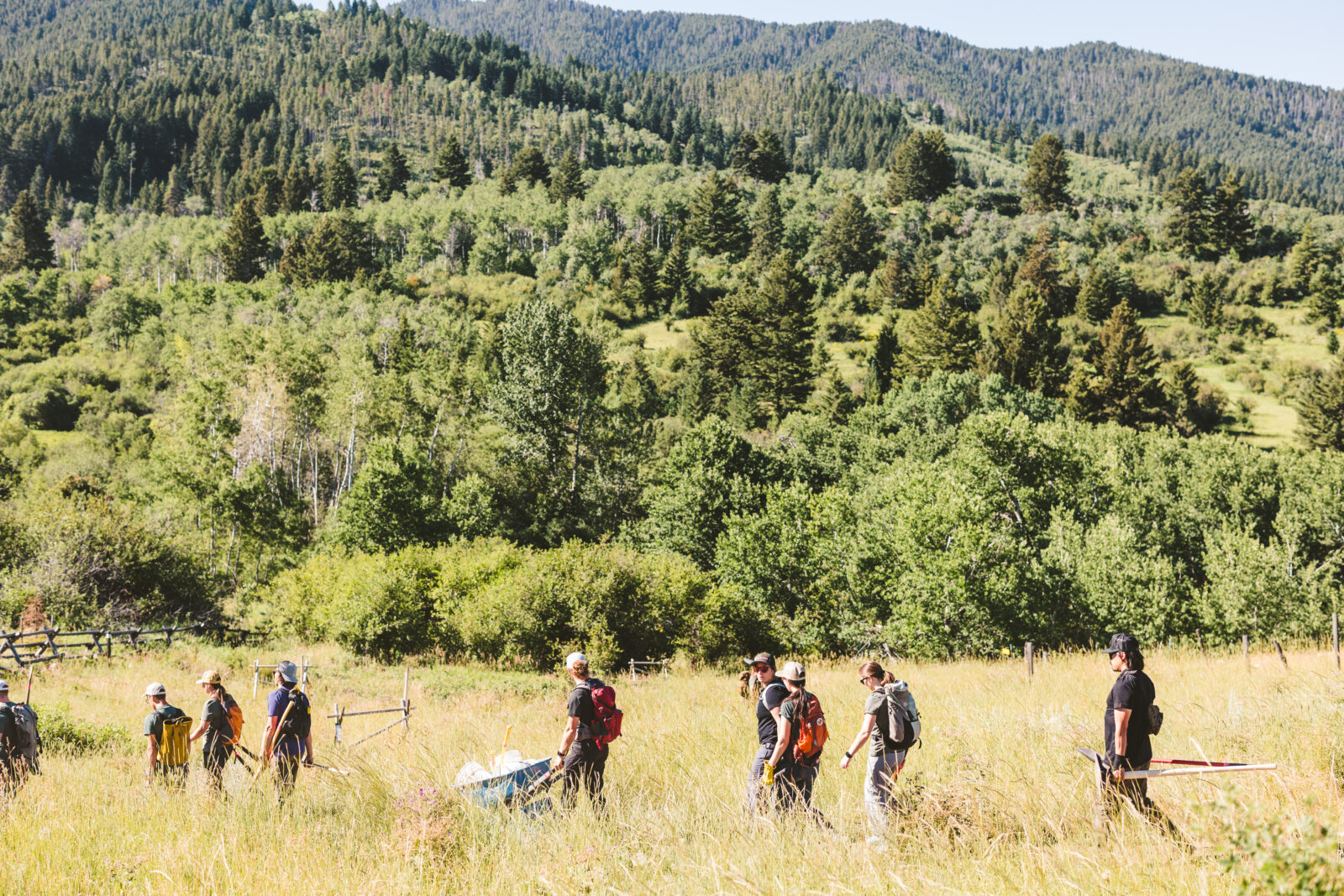
The Outdoors Needs More Stewards
Overflowing trailheads, dog waste bags littering trails, and paths cutting straight up switchbacks mar a day spent in nature. Unfortunately, these negative experiences are on the rise. If we don’t take care of these places, we could lose access to them, forever.
And while it’s easy to lament “how it used to be,” or blame “uninformed newbies” for these changes—we all have a part to play and a responsibility to shoulder. By taking a hard look at how we engage with the land and with each other, we can bring about a perspective shift from a user to a protector. This is a simple way to steward our public access for generations to come. Sure, you may have reservations about teaching someone new about your favorite pastime for fear of losing your honey hole, but what happens when it no longer exists and no one else is there to protect it with you? We build a community of stewards for this reason, and so many more.
- Educate yourself.
- Give back to the land.
- Share stewardship.
- Play hard for years to come.
A Note on Methodology
To create this report, onX partnered with Southwick Associates to survey a balanced sample of the U.S. population (n = 1,001) who recreated over the past year. This allowed for results representing all outdoor recreation enthusiasts, from very casual to the most avid, who collectively participated in 22+ different outdoor activities across the country. The group was also balanced to reflect U.S. population demographics.
We also surveyed a second group (n = 1,200). This group was not balanced against the U.S. population, and represented a more avid group of outdoor enthusiasts, primarily living west of the Mississippi River, who trend older and more affluent.
While the statistics in the report above represent only the U.S. general population, this second group was referenced during the research period for comparison purposes only. The stewardship trends we report on above were reflected and confirmed by this second respondent group.
Additional Citations
* This public land acreage statistic was calculated by the onX GIS team.
